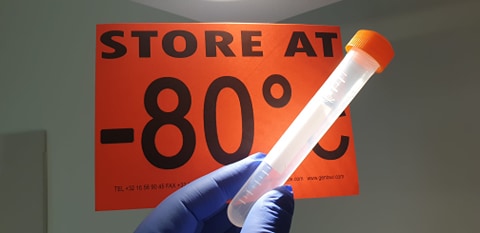A common problem when expressing proteins recombinantly is that eukaryotic proteins are often insoluble when expressed in bacterial systems.
In this post we bring you some tips to establish the conditions to optimize the solubility of the proteins that are recombinantly expressed.
1.- SELECT THE APPROPRIATE TAG
Some tags, in addition to simplifying the protein purification process, can help improve its solubility.
Among the tags that contribute to increasing the solubility of proteins , we can highlight the tail of GST and MBP, which on the other hand can be a drawback due to their large size.
2.- IPTG CONCENTRATION
IPTG (isopropyl β-D-1-thiogalactopyranoside) is added during the production process of recombinant proteins to induce their expression .
When seeking to increase the solubility of proteins, it is not convenient to saturate cellular folding mechanisms, so reducing the concentration of IPTG can be beneficial in certain cases.
3.- INDUCTION TEMPERATURE
Solubility generally improves at temperatures below 37ºC . By reducing the temperature, the speed of protein production is reduced, which can contribute to increasing its solubility.
4.- INDUCTION TIME
Too long induction times can impair the solubility of proteins. It is advisable to take samples every few hours to test the expression, bearing in mind that the induction times must be greater the lower the temperature.
5.- CULTURE MEDIUM
Certain factors that improve solubility can be added to the culture medium:
- Prosthetic groups or cofactors necessary for the correct folding and stability of the protein.
- Buffers to avoid fluctuations in pH levels.
- Polyalcohols or sucrose that, by increasing the osmotic pressure, can help stabilize the protein’s structure.
6.- CO-EXPRESSION
Another option is to express the protein of interest together with proteins that can increase soluble protein levels, such as chaperones .
7.- SEARCH FOR ALTERNATIVES
- Small domains are generally more soluble than complete proteins, so one of the alternatives is to try to express only part of the protein of interest.
- Use alternative expression systems such as baculovirus or mammalian cells.
- Purify the protein under denaturing conditions and then proceed to its refolding.



